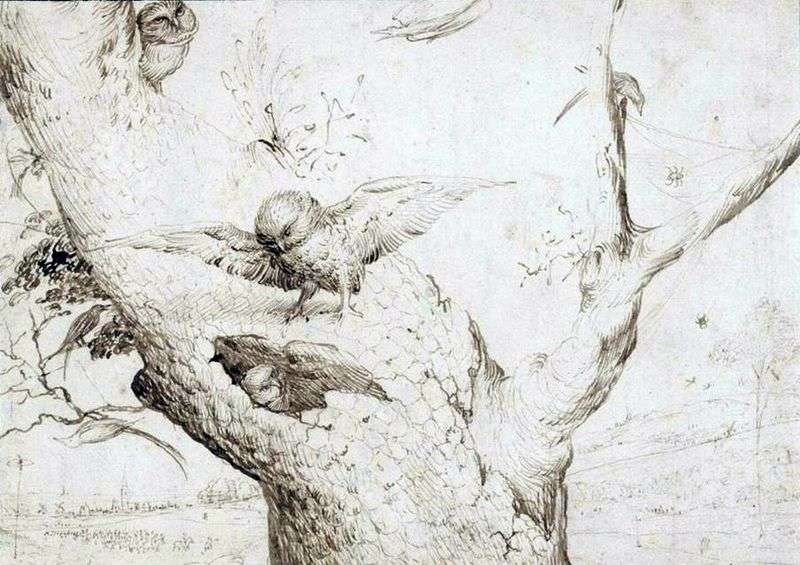
Looking at the pictures of Hieronymus Bosch, many owls came to my eyes here and there. Last week, I listened to a lecture on his work, which raised the theme of symbolism, and wanted to consider the Bosch owls closer.
For Bosch contemporaries, his paintings had much more meaning than for us. The creativity of Bosch abounds with different symbols, which bear for the medieval man quite definite information. The significance of many of them has long been lost, and even those symbols that are obvious to us can be interpreted in different ways: from a religious or mystical point of view. Despite the peculiar thinking of Bosch, the Church recognized his works and did not consider them heretical. Well, I will not spread the thought of the tree, you can read all this in Wikipedia or on the website dedicated to Bosch.
As for living beings – basically, in the pictures of Bosch there is a biblical bestiary of “unclean” animals: a toad, a pig, a hare, a snake. And, of course, the owl, which Bosch depicted an owl in many of his paintings. Sometimes he brought it in context to characters who behaved insidiously, or indulged in mortal sin. Therefore, it is commonly believed that the owl, like a night bird, serves evil and symbolizes the ruthlessness and spiritual blindness of everything earthly.
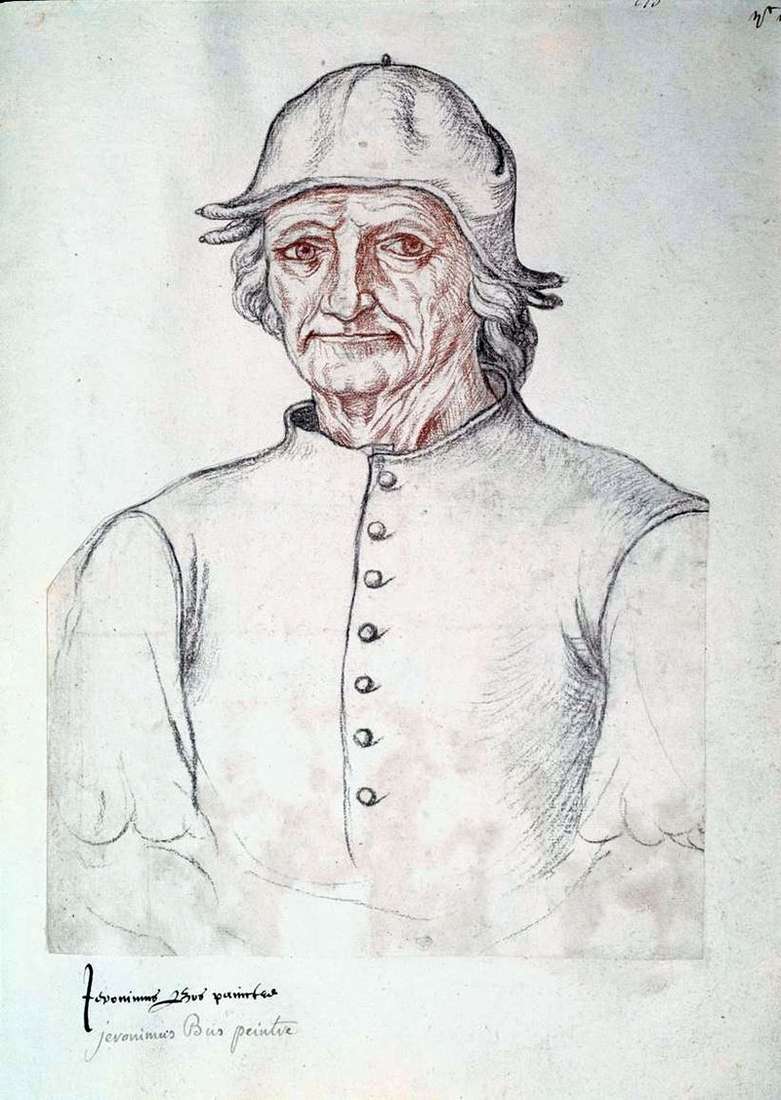 Self-portrait by Hieronymus Bosch
Self-portrait by Hieronymus Bosch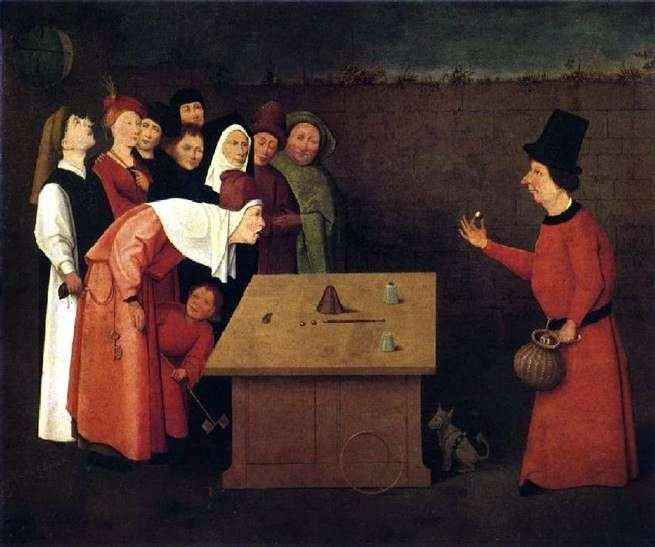 Magician Charlatan by Hieronymus Bosch
Magician Charlatan by Hieronymus Bosch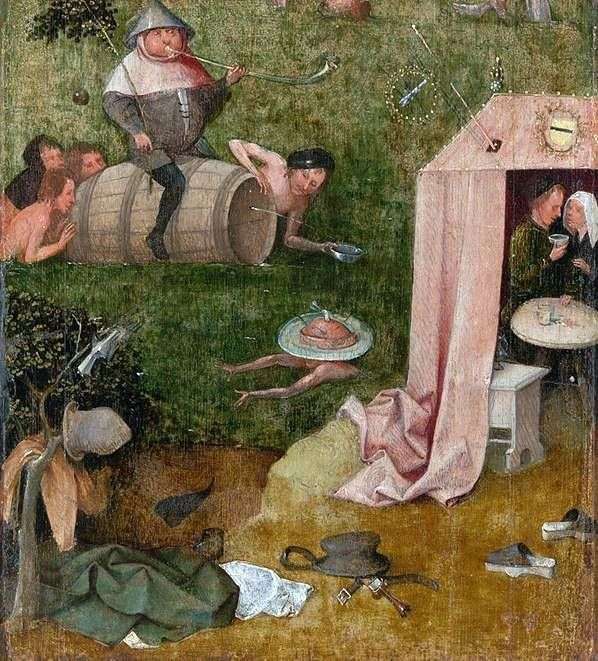 Allegory of gluttony and lasciviousness by Hieronymus Bosch
Allegory of gluttony and lasciviousness by Hieronymus Bosch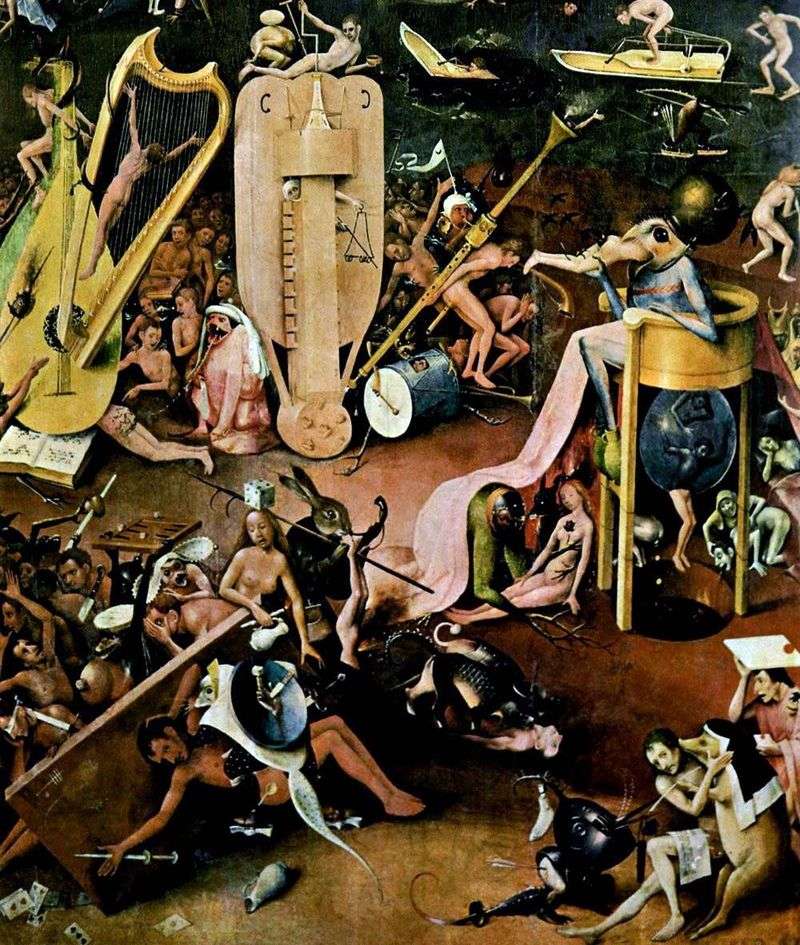 Hell. Detail of the triptych Garden of earthly pleasures by Hieronymus Bosch
Hell. Detail of the triptych Garden of earthly pleasures by Hieronymus Bosch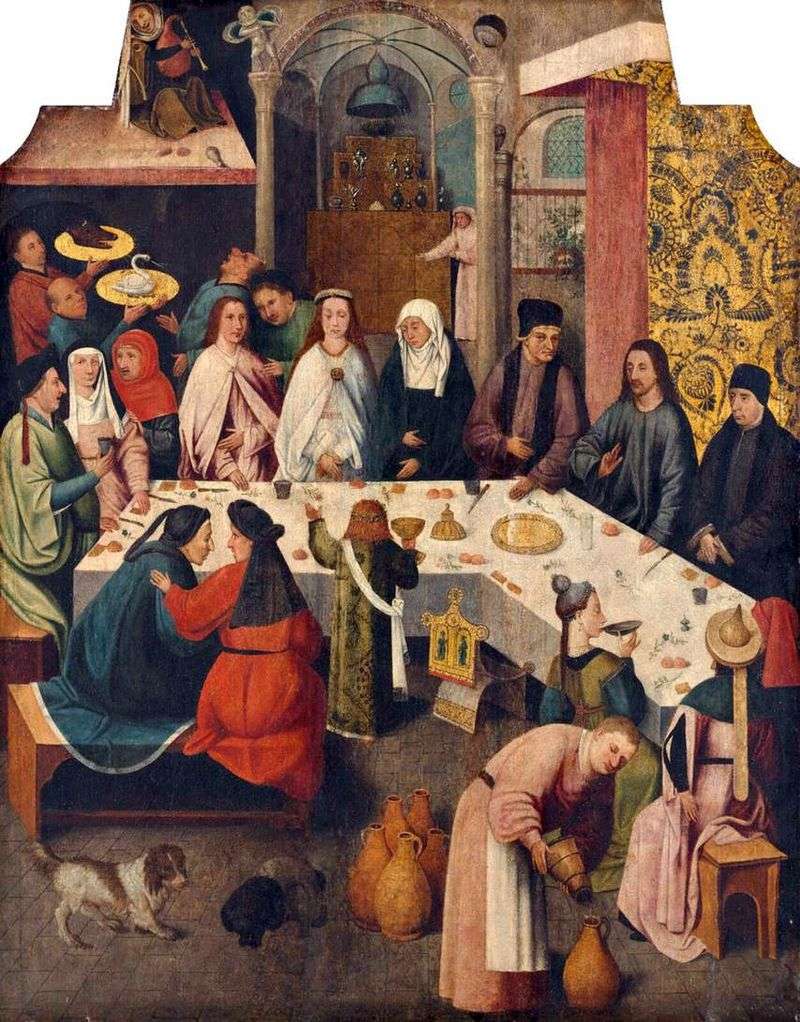 Marriage in Cana of Galilee by Hieronymus Bosch
Marriage in Cana of Galilee by Hieronymus Bosch Hell. The right shutter of the altar The Last Judgment by Hieronymus Bosch
Hell. The right shutter of the altar The Last Judgment by Hieronymus Bosch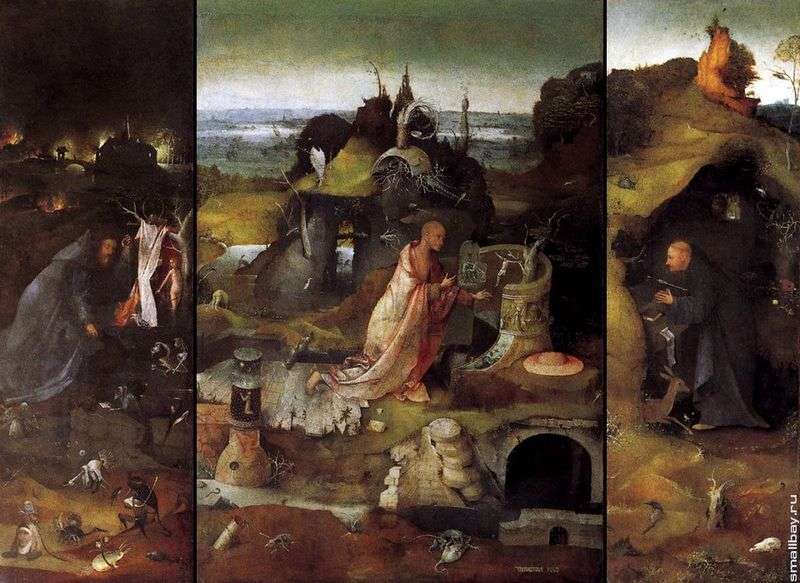 The holy hermits. Triptych by Hieronymus Bosch
The holy hermits. Triptych by Hieronymus Bosch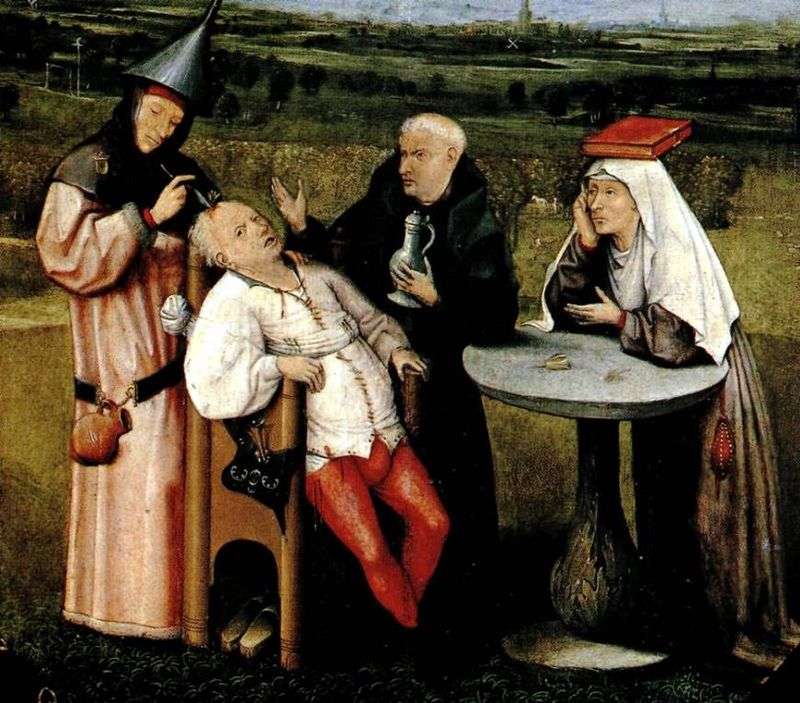 Extracting the stone of stupidity by Hieronymus Bosch
Extracting the stone of stupidity by Hieronymus Bosch